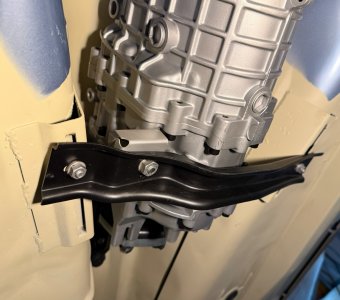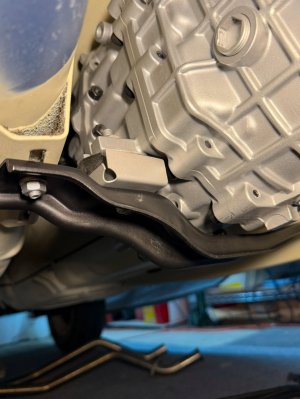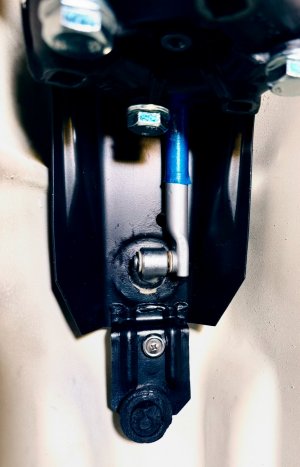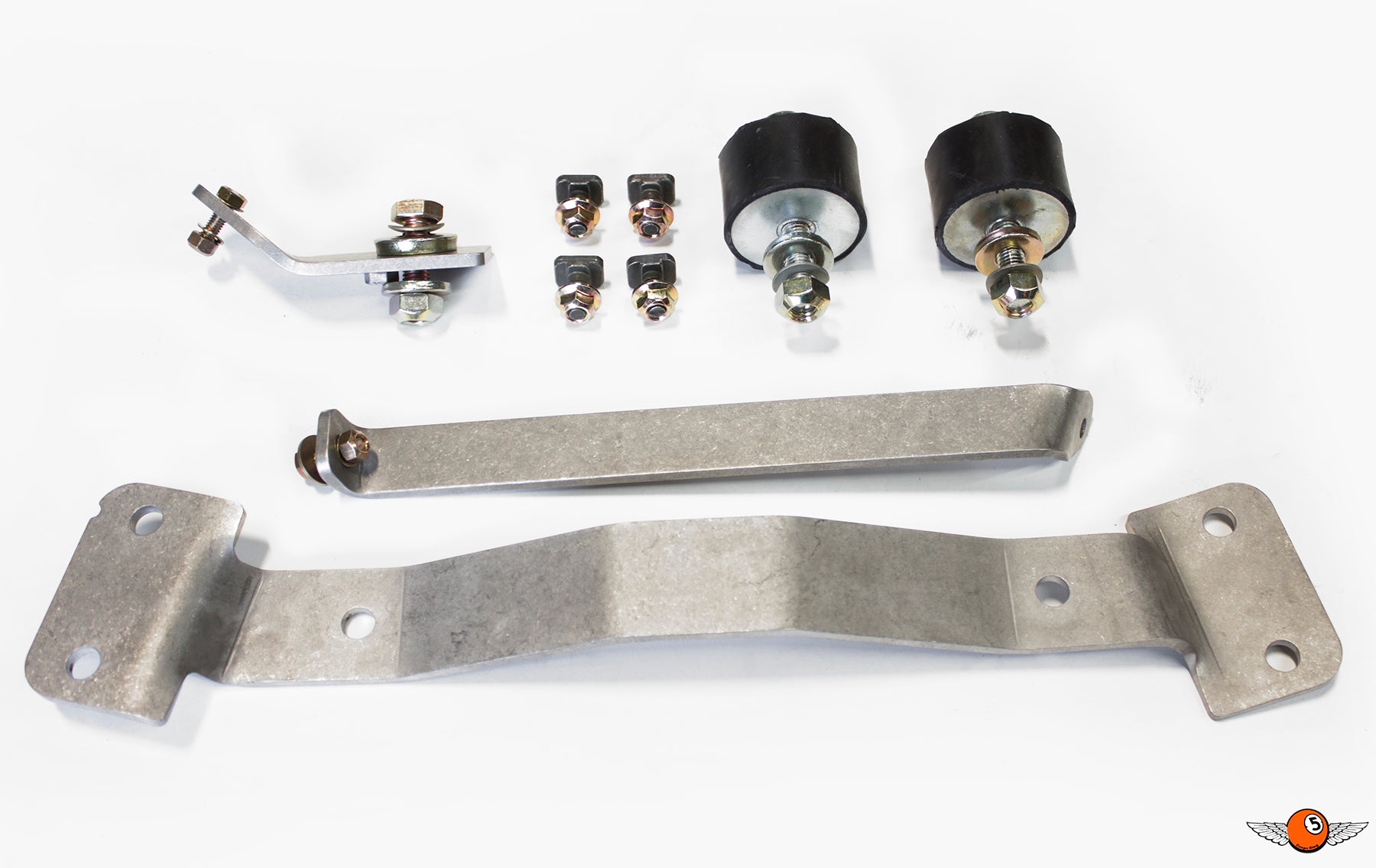I am 10 years into the bare metal restoration of my coupe and am excited to finally be at the stage of building it back up now that the rust repair, bodywork, paint and engine rebuild are complete! The front and rear suspension are in. All that’s left is the restoration, sourcing, installation, and debugging of the other thousand parts that need to go back on! I hope this thread will be a good way to document common issues and solutions for “sorting out” a rebuild.
Issue #1: Braking system is unable to hold a firm brake pedal. Prior to this, I rebuilt the brake master cylinder with new seals. Front calipers were sent out to PMB performance to be cleaned, blasted and yellow zinc plated. I assembled them with all new seals and bolts. Rear drum brakes got all new parts including new rear brake cylinder actuators from Walloth & Nesch. All brake lines, hard and soft, are new. The rear brake regulator/compensator is original. I filled the brake reservoir with new ATE type 200 DOT 4 brake fluid and began bleeding from far to near the master cylinder, starting at the back right wheel and proceeded to do all four wheels using a vacuum bleeder at the brakes. Break pedal still soft. Repeated bleeding process and lots of bubbles still coming from the back brakes. Soft pedal still. Since the bubbles could be coming through the loose threads of the nipples while vacuum bleeding, I decided to switch to pumping the brake pedal three times until it got firmer and then held it down with a piece of wood cut to the needed length (27.875”) between the depressed pedal and the driver seat support box on the floor of the chassis. I also checked and tightened every brake line connection on the car and found no apparent leaks in the calipers, lines, rear compensator or master cylinder. Bled all four wheels two more times until bubbles were gone but the brake pedal was still soft. When pumping the brake pedal, gushing/wooshing/squealing sounds can be heard coming from the front and back of the car. I used a video to see that the back brakes were actuating and a stick to push on the front wheel studs to test that the front driver side brake was working when the brake pedal was depressed. When pumping the brakes, the pedal gets firm near the bottom of the third stroke. But if I pause for a few seconds at the top of the third stroke, it will be soft and go to the floor on the next stroke.
I suspect it’s due to faulty sealing points in the master brake cylinder, particularly when the piston is near the top of the stroke. Perhaps there are imperfections in the cylinder walls allowing fluid to leak past the seals on the piston? I am hoping that a new master cylinder will resolve the soft pedal. Thoughts?
#2: There is a small seepage of brake fluid coming from most of the eight bleed nipples on the car. All the nipples are new except the two top front nipples where I cleaned up and reused the older shorter nipples. I’ve read online it may take a few open and close cycles to seat the nipples but I’ve done that now and still have seepage from all but the two lower nipples on one front caliper. I don’t dare tighten them any harder. I presume this may only be a small amount happening during the pedal depression which is generating hundreds of psi in the brake lines and it may not necessarily be allowing air back into the system when the pedal forces are removed. I’m not sure how concerned to be about this or if it’s worth pursuing further options like new calipers and rear cylinders, softer nipples, reworking the nipple shut off surfaces in the calipers, teflon tape on the nipple threads…?
#3: ATE type 200 brake fluid currently used is DOT 4 classified and labeled for racing. I like the idea of a non-hygroscopic fluid like DOT 5 that would not absorb water. Any known documented reasons not to use a more modern DOT 5 product?
Thanks in advance for sharing your experience and knowledge.
Issue #1: Braking system is unable to hold a firm brake pedal. Prior to this, I rebuilt the brake master cylinder with new seals. Front calipers were sent out to PMB performance to be cleaned, blasted and yellow zinc plated. I assembled them with all new seals and bolts. Rear drum brakes got all new parts including new rear brake cylinder actuators from Walloth & Nesch. All brake lines, hard and soft, are new. The rear brake regulator/compensator is original. I filled the brake reservoir with new ATE type 200 DOT 4 brake fluid and began bleeding from far to near the master cylinder, starting at the back right wheel and proceeded to do all four wheels using a vacuum bleeder at the brakes. Break pedal still soft. Repeated bleeding process and lots of bubbles still coming from the back brakes. Soft pedal still. Since the bubbles could be coming through the loose threads of the nipples while vacuum bleeding, I decided to switch to pumping the brake pedal three times until it got firmer and then held it down with a piece of wood cut to the needed length (27.875”) between the depressed pedal and the driver seat support box on the floor of the chassis. I also checked and tightened every brake line connection on the car and found no apparent leaks in the calipers, lines, rear compensator or master cylinder. Bled all four wheels two more times until bubbles were gone but the brake pedal was still soft. When pumping the brake pedal, gushing/wooshing/squealing sounds can be heard coming from the front and back of the car. I used a video to see that the back brakes were actuating and a stick to push on the front wheel studs to test that the front driver side brake was working when the brake pedal was depressed. When pumping the brakes, the pedal gets firm near the bottom of the third stroke. But if I pause for a few seconds at the top of the third stroke, it will be soft and go to the floor on the next stroke.
I suspect it’s due to faulty sealing points in the master brake cylinder, particularly when the piston is near the top of the stroke. Perhaps there are imperfections in the cylinder walls allowing fluid to leak past the seals on the piston? I am hoping that a new master cylinder will resolve the soft pedal. Thoughts?
#2: There is a small seepage of brake fluid coming from most of the eight bleed nipples on the car. All the nipples are new except the two top front nipples where I cleaned up and reused the older shorter nipples. I’ve read online it may take a few open and close cycles to seat the nipples but I’ve done that now and still have seepage from all but the two lower nipples on one front caliper. I don’t dare tighten them any harder. I presume this may only be a small amount happening during the pedal depression which is generating hundreds of psi in the brake lines and it may not necessarily be allowing air back into the system when the pedal forces are removed. I’m not sure how concerned to be about this or if it’s worth pursuing further options like new calipers and rear cylinders, softer nipples, reworking the nipple shut off surfaces in the calipers, teflon tape on the nipple threads…?
#3: ATE type 200 brake fluid currently used is DOT 4 classified and labeled for racing. I like the idea of a non-hygroscopic fluid like DOT 5 that would not absorb water. Any known documented reasons not to use a more modern DOT 5 product?
Thanks in advance for sharing your experience and knowledge.






